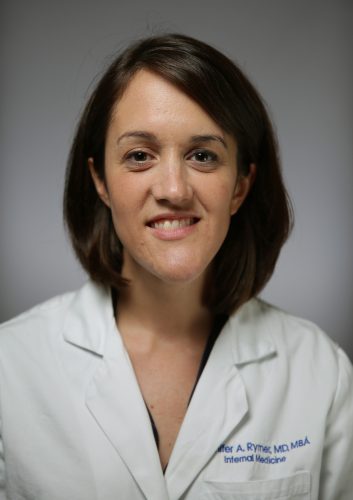A study led by Dr. Jennifer Rymer published in the American Heart Journal suggested that same-day discharge after an elective percutaneous coronary intervention (PCI) is being increasingly adopted and is associated with reduced costs without an increase in hospital readmission rates or mortality. The data presented in this study would further support the increased adoption of same-day discharge after elective PCI in some patients.
Although most elective PCIs performed are considered outpatient procedures, a high proportion of patients end up spending the night in the hospital. Advocating the practice of same-day discharge, provided that is done safely, can potentially save resources that would be better utilized elsewhere. Previous studies that looked at same-day discharge were severely limited in terms of their inclusion criteria as well as outcomes measured. The investigators aimed to assess trends in same-day discharge over time, compare differences in 30-day readmission rates and mortality between patients discharged on the same day and those observed overnight and finally, compare the mean 30-day accumulated costs of the two strategies.

“The use of SDD within the VAHS for elective PCI has significantly increased with no resultant increase in readmission or mortality risk. There was an accumulated 30-day average cost savings for patients who had SDD compared with patients with an overnight stay. Greater adoption of SDD has the potential to significant increase healthcare value for veterans without resultant adverse outcomes.” – Dr. Jennifer Rymer, M.D., M.B.A.
The investigators utilized the Veterans Affairs Healthcare System Clinical Assessment Reporting and Tracking (CART) Program to identify patients undergoing elective PCI for stable angina. Patients who were discharged on the same day were then identified. Using 2:1 propensity score matching, mortality and re-admission rates by 30 days, as well as total costs incurred by 30 days were compared between the two groups.
Of the 21,261 PCIs identified, 728 were of patients discharged on the same day (3.9%). The rate of SDD increased over time (1.6% in 2008 to 9.7% in 2016, p < 0.001). Patients who were discharged on the same day had lower rates of atrial fibrillation, peripheral arterial disease, prior coronary artery bypass graft surgery, and were more likely to be treated in high volume centers. Re-admission rates and mortality rates did not differ when comparing those discharged on the same day with those who were observed overnight (mortality: 0% vs. 0.07%, p = 0.99, readmission: 6.7% vs. 5.6%, p = 0.24). The mean 30-day cost for those discharged on the same day was $23,655. This was lower than the 30-day cost in patients who were observed overnight ($25,878).
The findings of this study suggest that same-day discharge may be safe and cost-effective in certain patients. When discussing the findings of this study, Dr. Rymer wrote, “The use of SDD within the VAHS for elective PCI has significantly increased with no resultant increase in readmission or mortality risk. There was an accumulated 30-day average cost savings for patients who had SDD compared with patients with an overnight stay. Greater adoption of SDD has the potential to significant increase healthcare value for veterans without resultant adverse outcomes.” However, this study does come with its limitations. This was a retrospective observational study that could potentially be affected by confounding. Additionally, the results of the cost-effective analysis in this study may not be applicable to other healthcare systems. Regardless, the study does seem to support same-day discharge after PCI in a subset of patients undergoing elective PCI.



Leave a Reply
You must be logged in to post a comment.